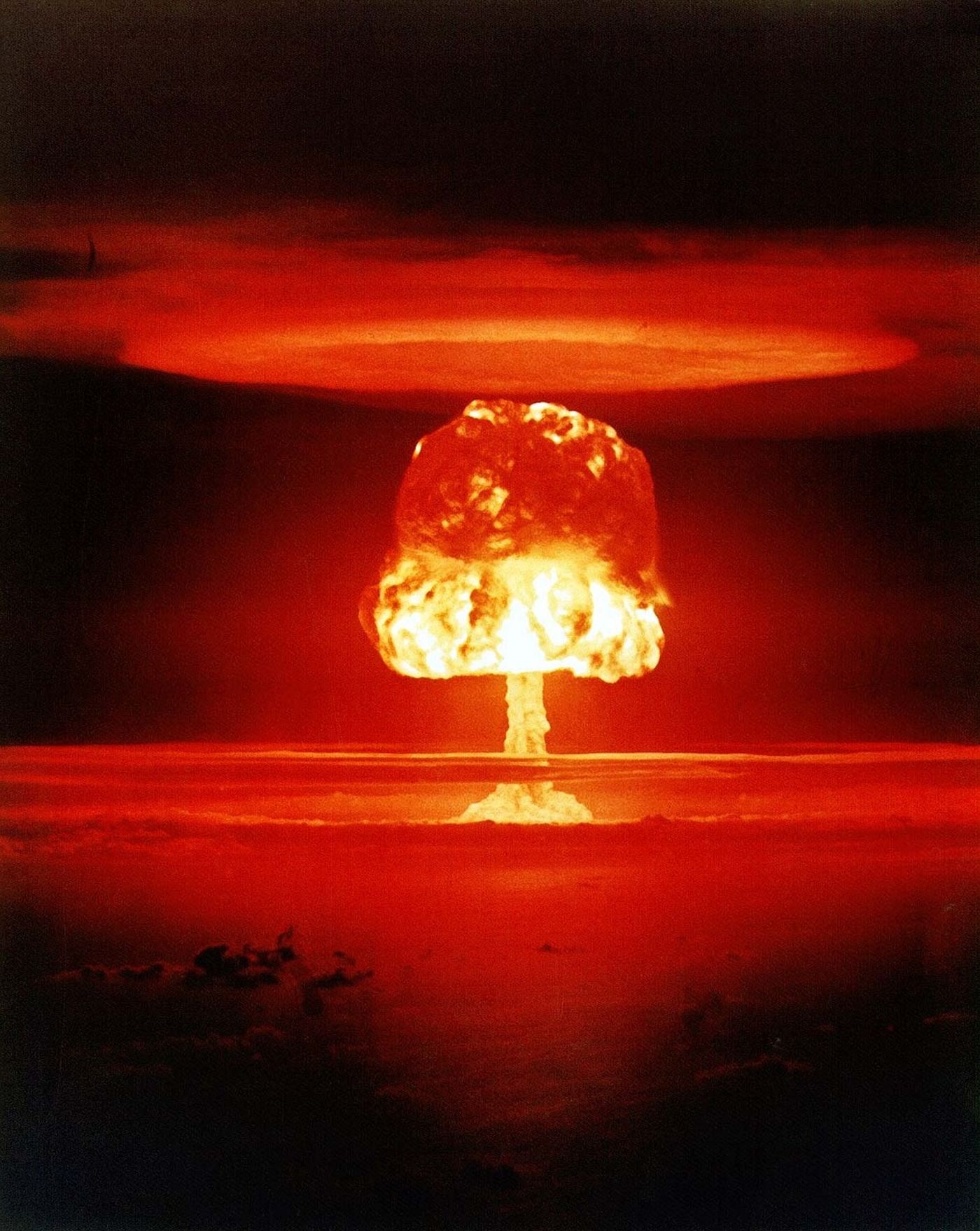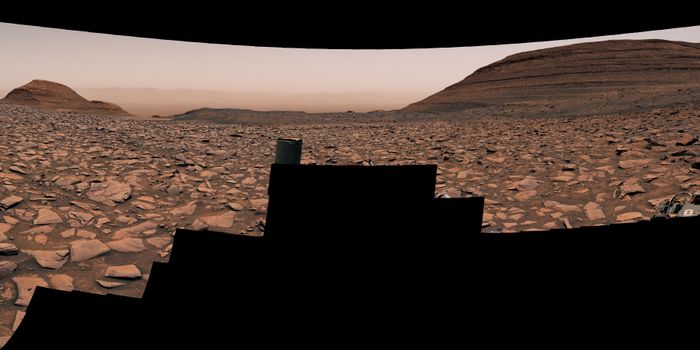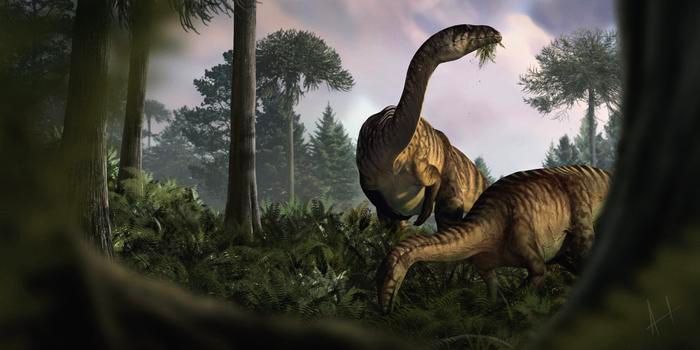Billions Would Die from Starvation After a Nuclear War
In a recent study published in the journal Nature Food, an international team of researchers discuss how a nuclear war between the United States and Russia, or India and Pakistan, could lead to massive food shortages resulting in the deaths of 5 billion people from the former confrontation and 2 billion from the latter. The study points to atmospheric soot loadings from the use of nuclear weapons as the key contributor to global soil and water contamination. This is an alarming study given the current War in Ukraine, along with ongoing tensions between India and Pakistan.
"The data tell us one thing: We must prevent a nuclear war from ever happening," said Dr. Alan Robock, a Distinguished Professor of Climate Science in the Department of Environmental Sciences at Rutgers University, and a co-author on the study.
For the study, the researchers modeled six possible war scenarios based on the size of a country’s nuclear arsenal: one large US-Russia war and five smaller India-Pakistan wars. The researchers estimated that the smallest nuclear scenario between India and Pakistan would result in a reduction of 7 percent in average global caloric production within five years of the ensuing conflict, whereas a full-scale nuclear conflict between the United States and Russia would result in a reduction of 90 percent within three to four years after that respective nuclear exchange.
"If nuclear weapons exist, they can be used, and the world has come close to nuclear war several times," Robock said. "Banning nuclear weapons is the only long-term solution. The five-year-old UN Treaty on the Prohibition of Nuclear Weapons has been ratified by 66 nations, but none of the nine nuclear states. Our work makes clear that it is time for those nine states to listen to science and the rest of the world and sign this treaty."
The researchers considered the possibility of using crops fed to livestock as human food or food waste reduction as ways to curtail caloric losses in the aftermath of a nuclear exchange, but the results would be minimal reductions under scenarios of large atmospheric soot loadings.
"Future work will bring even more granularity to the crop models," said Dr. Lili Xia, an Assistant Research Professor in the Department of Environmental Sciences at Rutgers University. "For instance, the ozone layer would be destroyed by the heating of the stratosphere, producing more ultraviolet radiation at the surface, and we need to understand that impact on food supplies.”
Sources: Nature Food, Al Jazeera, United States Institute of Peace,
As always, keep doing science & keep looking up!









